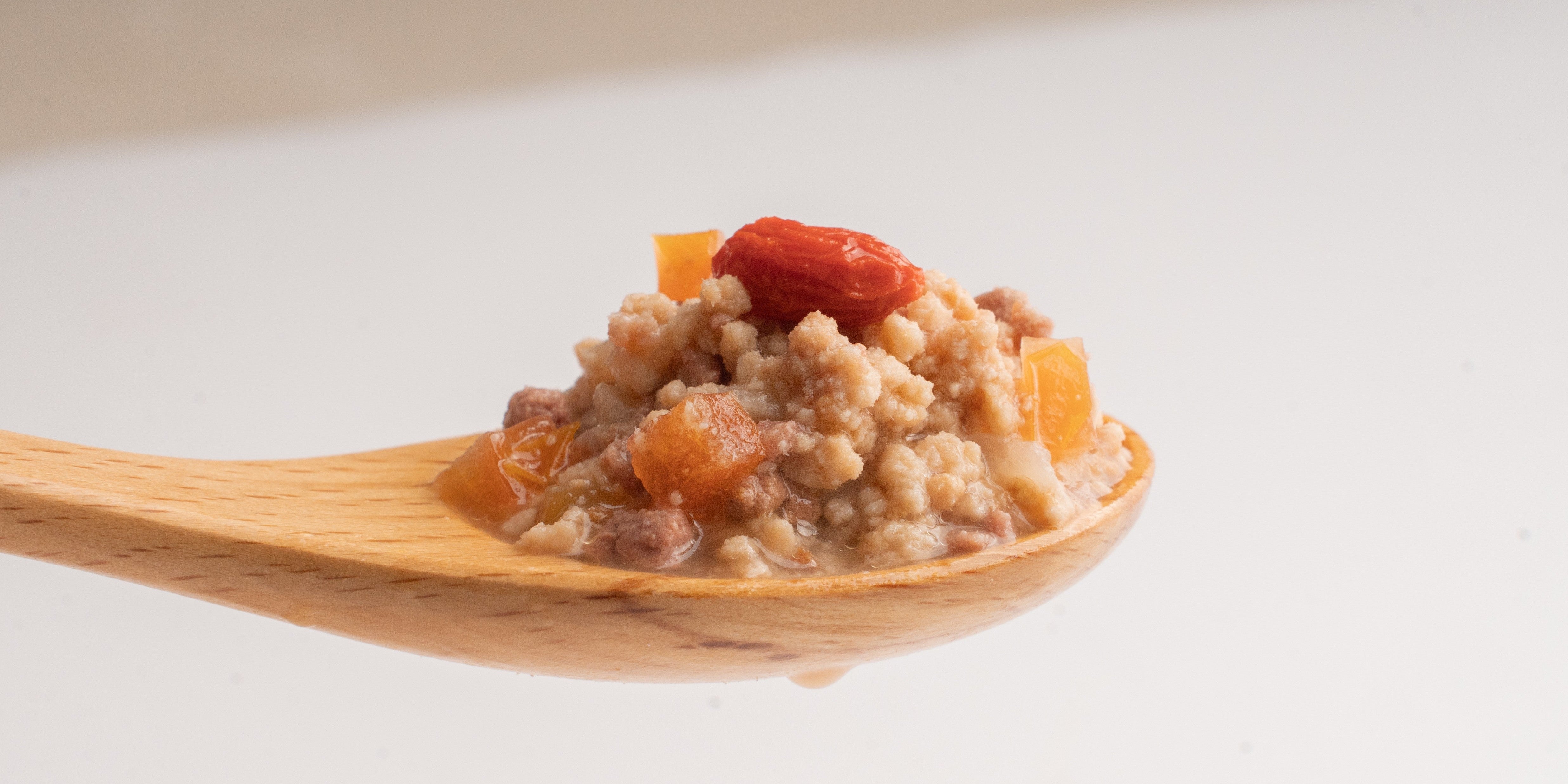Cat Food Labels: What to Look For in Wet Food
Choosing the right wet food for your cat can feel overwhelming with so many brands and buzzwords on the shelf. From “grain-free” to “human-grade” and “complete and balanced,” how do you know what really matters?
This guide will walk you through how to read and understand cat food labels — especially wet food — so you can make confident, informed choices that support your cat’s health.
Why Wet Food?
Wet food offers several benefits:
-
Higher moisture content, which supports kidney and urinary health.
-
Better palatability, often preferred by picky eaters.
-
Closer to a cat’s natural prey diet, which is around 70–80% moisture and rich in animal protein.
But not all wet foods are created equal — and understanding the label is key.
. Look for a Named Protein as the First Ingredient
The first ingredient on the label should be a named animal protein, such as:
-
Chicken
-
Turkey
-
Salmon
-
Beef
-
Duck
Avoid vague terms like “meat by-products,” “animal digest,” or “meat derivatives.” These often indicate lower-quality sources of protein with less nutritional transparency.
Example to look for:
✔ First ingredient: Chicken breast
✘ First ingredient: Meat by-products
2. Choose Products That Say “Complete and Balanced”
Look for a statement that says the food is “complete and balanced” according to either:
-
AAFCO (Association of American Feed Control Officials)
-
FEDIAF (European equivalent)
This means the product contains all essential nutrients in the right proportions for a specific life stage (adult, kitten, or all life stages).
If the label only says “for supplemental feeding only,” it’s not nutritionally adequate for long-term meals and should be used as a treat or topper only.
3. Moisture Content Matters — But Balance Is Key
While moisture is a strength of wet food, it’s important that the protein content remains high in relation to water.
Look at the guaranteed analysis, which usually lists:
-
Crude protein
-
Crude fat
-
Crude fiber
-
Moisture
You’ll often see moisture at 75–80%, which is normal. But ensure the crude protein content is at least 8–12% (on an as-fed basis) to ensure it’s nutritionally rich, not just watery.
4. Skip Fillers and Unnecessary Carbohydrates
Cats don’t need carbohydrates in their diet — their bodies are built to use protein and fat for energy. While small amounts of certain carbs (like pumpkin or peas) can be fine, wet food should not list grains or starches near the top of the ingredient list.
Common fillers to watch for:
-
Corn
-
Wheat
-
Soy
-
Potato starch
-
Tapioca
These add bulk but little benefit for your carnivorous cat.
5. Avoid Artificial Additives and Preservatives
Your cat doesn’t need artificial colors or flavors — they’re added for your perception, not your pet’s preference.
Avoid:
-
BHA, BHT (chemical preservatives)
-
Artificial colors like Red 40, Yellow 5
-
MSG or other synthetic flavor enhancers
Instead, look for natural preservatives like tocopherols (vitamin E) or ascorbic acid (vitamin C).

